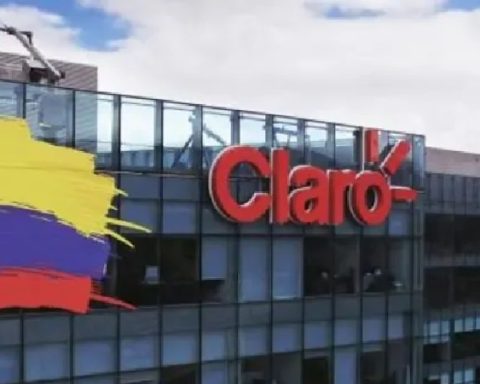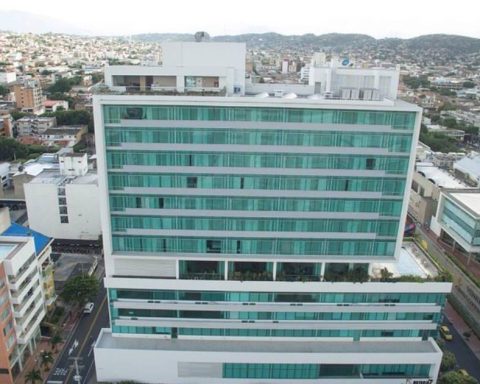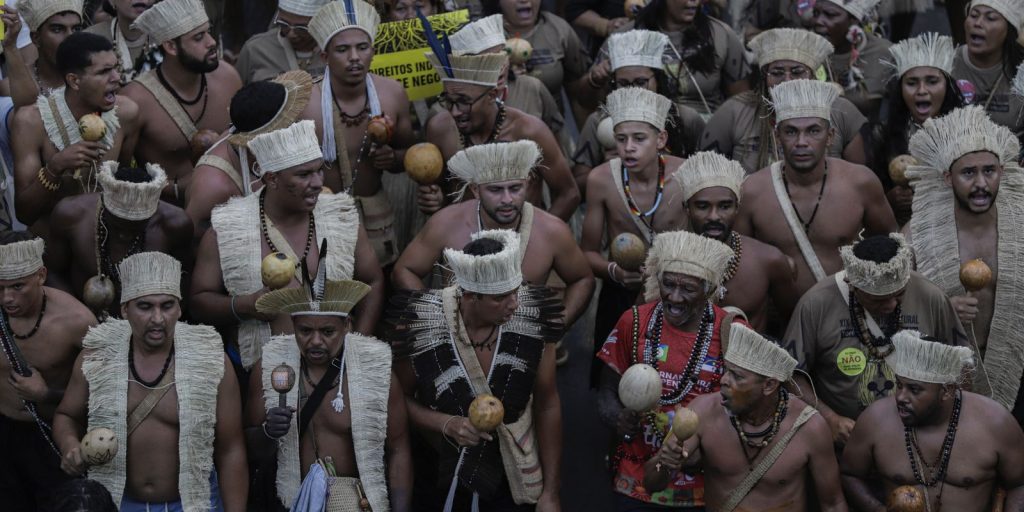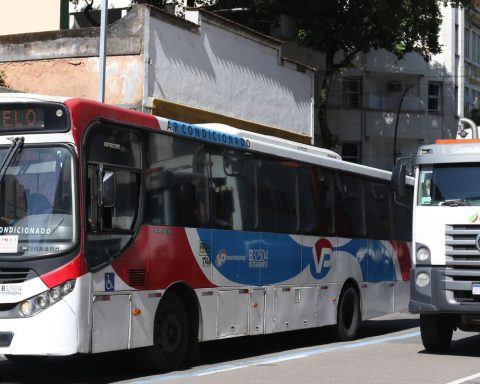Built between 1619 and 1647.
News Colombia.
In the heart of the Historic Center of Bogotá, the Santa Clara Museum is erected, an architectural and artistic treasure that encapsulates centuries of religious and cultural history. Originally built between 1619 and 1647 as part of the Royal Convent of Santa Clara, this temple was conceived to house the Clarisas nuns in a closing environment. The design, attributed to the Spanish architect Matías de Santiago, reflects the disorn himing baroque style, characterized by an austere facade that contrasts with the opulence of its interior.
See: The town of Colombia that has an insect name; Its streets are cobbled, houses of tapia and red tile roofs
When crossing their doors, visitors are received by a unique nave adorned with a profusion of sacred works of art. The main altarpiece, carved and gold in the golden leave, is a 17th -century jewel that dominates the presbytery. The walls are covered by 103 oil paintings and 24 polychrome sculptures, many of them attributed to teachers such as Gregorio Vásquez de Arce and Ceballos, Gaspar and Baltasar de Figueroa. The vault, decorated with golden flowers on blue and yellow background, adds a heavenly touch to the environment.
The history of the museum is marked by significant transformations. After the expropriation of ecclesiastical goods in 1863, the convent was demolished and the Church passed through various administrations. In 1973, the Government acquired the temple and, after a meticulous restoration process led by colculture, was officially inaugurated as a museum in 1983. Since then, it has been a space dedicated to the conservation and dissemination of Colombian colonial heritage.
In addition to its rich colonial collection, the Santa Clara Museum has opened its doors to contemporary art, establishing a dialogue between the past and the present. Temporary exhibitions and cultural activities seek to connect baroque spirituality and aesthetics with the concerns of the modern world, offering a dynamic and reflective museum experience.
Among its most emblematic spaces are the sacristy, which houses liturgical ornaments of great historical value, and the choir, where the nuns performed their daily trades. The crypt, located under the main altar, keeps the remains of the benefactors of the convent, while the pulpit gallery and the collection of portraits of deceased abbess offer an intimate vision of convent life.
Today, under the administration of the Ministry of Cultures, Arts and Knowledge, the Santa Clara Museum continues to be a meeting point between history, art and spirituality. Its privileged location in race 8 No. 8-91 makes it a must for those who wish to explore the depths of the colonial legacy of Bogotá and appreciate the fusion between the sacred and the artistic.
It may interest you:

















